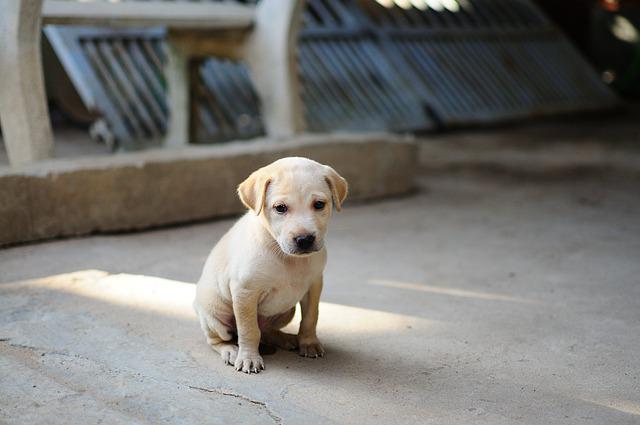Getting a new puppy is a joyous day. In the weeks that follow, that joy can turn into frustration. When you’re cleaning up piles of poop, you may regret your decision. However, you can avoid this situation by teaching your dog what you expect from him. This article can teach you how to train your dog.
There are different tricks you can try when you are crate training your dog. If your pet is nervous about the crate, consider putting a toy or treat inside to motivate them to go in. They will see the toy inside the crate and will want in the crate to get it. When your dog goes inside, give him plenty of praise, and let him know he is doing a good job.
It takes a while for a dog to get comfortable in a crate. Don’t take it too fast; introduce the dog at his own pace. First, put them inside with the door still open. When they get used to that, close the gate and give them a treat they like. At first, only close the gate for a short time, then gradually extend the time as your dog becomes more comfortable. If they start to fuss, you are going too fast.
Timing is of the utmost importance when it comes to training your dog, so make sure you spend lots of time training, but don’t overdo it. Small, focused sessions are necessary at the beginning. Notice when your dog begins getting distracted during a training session.
A dog needs a healthy diet as much as a dog owner does. A dog with an unhealthy diet may manifest several symptoms, including sluggishness and poor behavior. Poor nutrition adversely affects your dog’s health and can cause uncharacteristic behavior. Something as easy as proper nutrition can make a dog more obedient.
Keep your dog active. Dogs can easily become bored. A dog without interest in what you’re doing is more difficult to train. If your dog is fit and content, he will be much more likely to heed your instructions. Regularly take a walk or run with your dog.
Give your puppy some toys to chew on so they do not hurt while teething, keep other things they might want to chew on out of their reach! The right chew toys should be given to the pup immediately. A frozen washcloth can provide teething relief for your pup.
Primary Reinforcement

When you’re training your dog, it is important that you understand primary reinforcement. Primary reinforcement uses the things that your dog loves as rewards for positive behavior. Rewards can be rubbing a dog’s belly or giving it a treat. The best rewards are things your dog already likes and wants.
The first step in training a puppy is to make sure he knows his name. Use his name as often as possible, and help him learn to come when you call him by it. His name should be the first word he learns. Try to spend a good amount of time with your new dog. When he trusts you, he ends up being more responsive to all sorts of training.
Start your dog off on the right foot by installing good habits early on. You will have much better success if you teach a dog properly early on, instead of attempting to break negative behaviors later in their life. Never feed your dog from the table, if you don’t want him to get the habit of begging for scraps.
Do not fatten your dog by being mindful of just how many treats he gets in one day. It is easy to forget about treats when you consider how much you are feeding your dog. This can happen especially when you are training him.
Never give up on your dog, no matter how exhausted you are. Your canine will need to constantly be reinforced, or what you teach them can be forgotten. Consistent training is key to a happy relationship with your pup.
Working on your pet’s recall is important. Your dog has to learn to come to you, regardless of the situation. Work on this skill daily. Recall can be lifesaving, so make sure your dog learns this skill above all else.
Has your dog been tugging the leash? Many dog owners complain about this behavior; yet, it is easy to correct. Visit a local pet supply shop and get a cheap harness as a way to prevent pulling and to make your walks fun.
If dog agility classes are the ultimate goal of your training, then you should choose a breed that is suited for it. Many dogs can learn tricks and try their best, but if you want a dog that is good at competing, Shetland sheepdogs and Labs are a couple good examples of agile dogs.
There are many elements to dog training; patience may be the most important. The advice above will help ensure you come out with a great dog in the end. Change doesn’t happen right away, but consistency will make your house a happier and calmer place.
